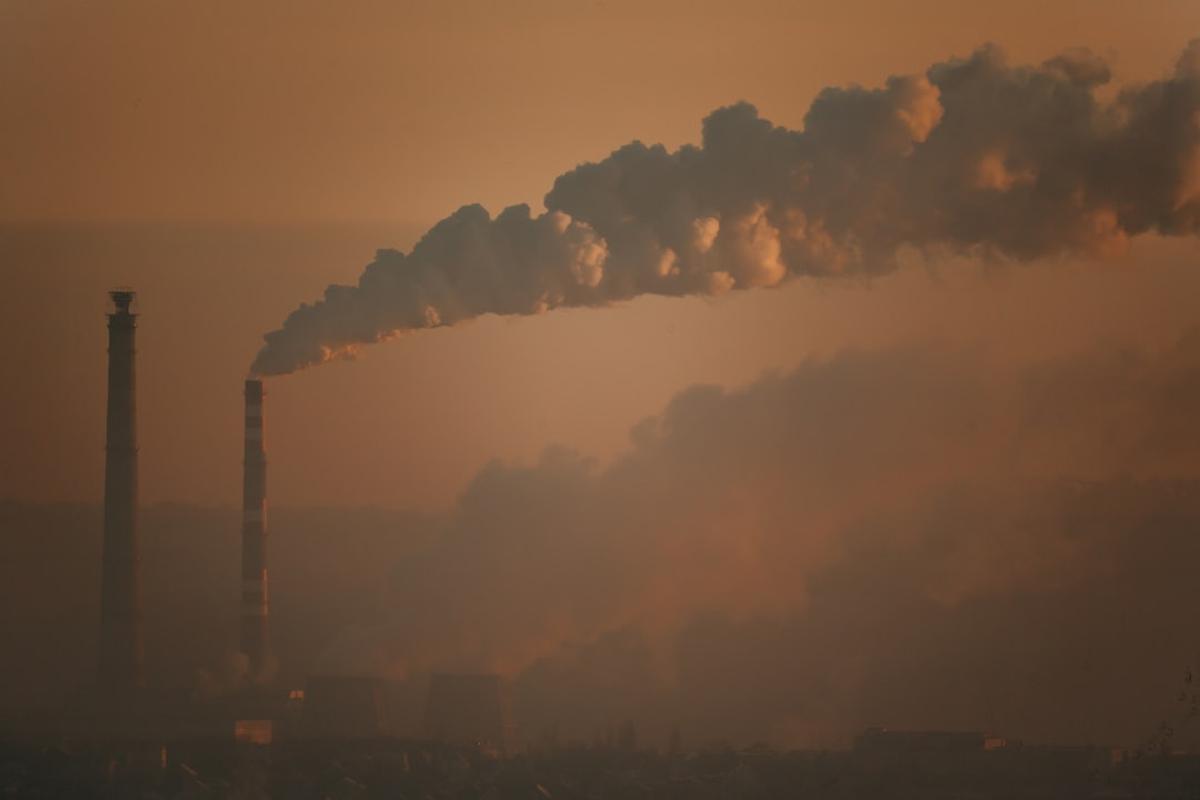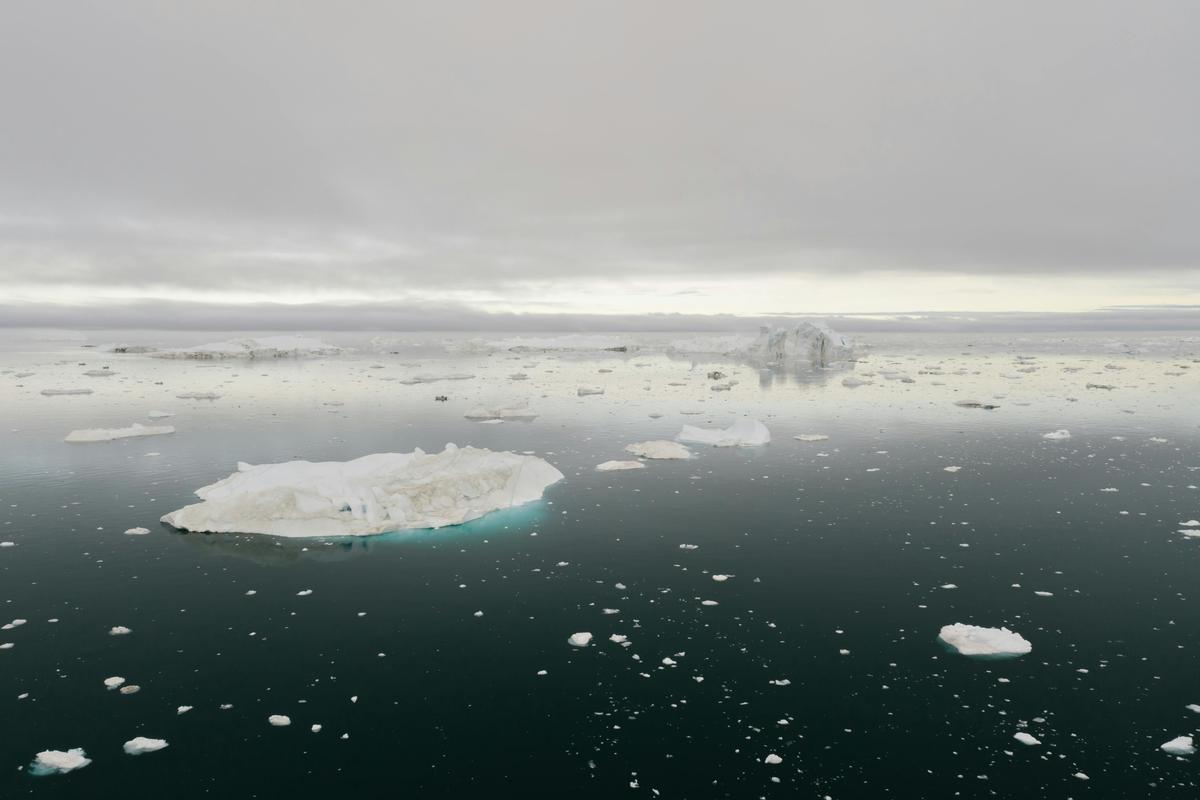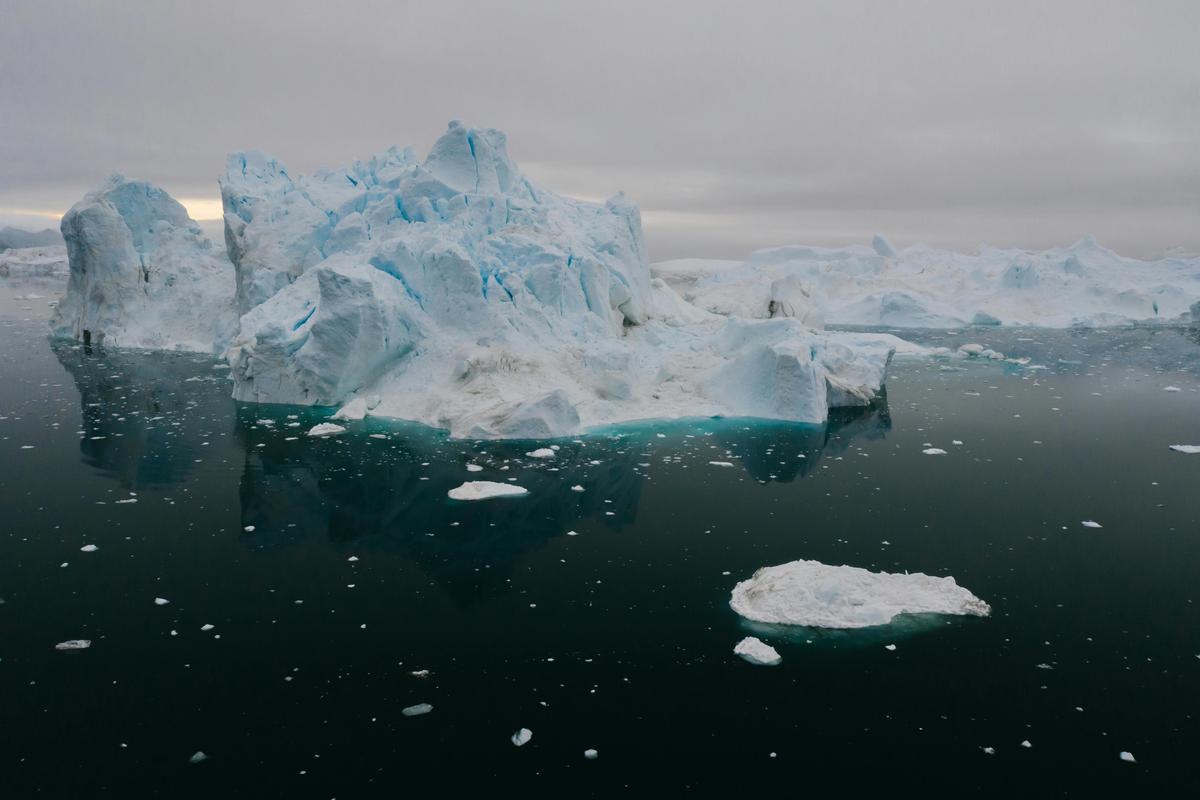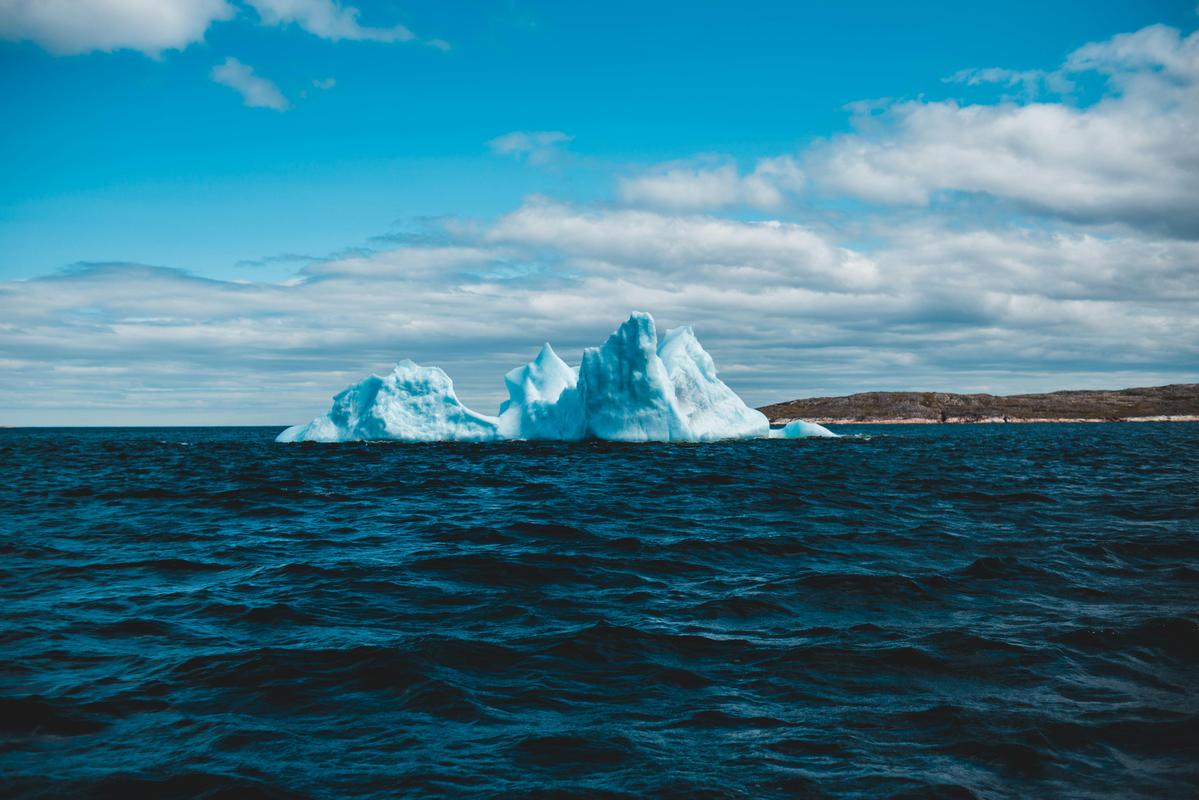What Do Greenhouse Gases Do? An Introduction to Their Role in Climate Change
The Earth’s atmosphere is a delicate balance, and greenhouse gases play a crucial role in keeping that balance. These invisible yet powerful compounds act as a blanket, trapping the sun’s heat and preventing it from escaping back into space. While this greenhouse effect is essential for sustaining life on our planet, human activities have upset this natural balance, leading to a worrying rise in global temperatures.
At the heart of this issue lies carbon dioxide (CO2), the main greenhouse gas produced by the burning of fossil fuels, deforestation, and various industrial processes. Over the past century, the concentration of CO2 in the atmosphere has increased by nearly 50%, a direct result of our reliance on carbon-intensive energy sources. But CO2 is not the only culprit; other greenhouse gases, such as methane and nitrous oxide, also contribute to the problem, with some being up to 23,000 times more potent than CO2.
The consequences of this imbalance are far-reaching and undeniable. The past decade has been the warmest on record, with global average temperatures rising 1.1°C above pre-industrial levels. This seemingly small increase has already led to a host of environmental and societal challenges, from melting glaciers and rising sea levels to more frequent and severe weather events. Scientists warn that a further increase of just 2°C could have catastrophic effects, jeopardizing the natural world and human well-being.
Addressing this crisis requires a multifaceted approach, one that involves reducing our greenhouse gas emissions, transitioning to renewable energy sources, and protecting and restoring natural carbon sinks like forests. By understanding the role of greenhouse gases and their impact on our planet, we can take meaningful steps to safeguard the delicate balance that sustains all life on Earth. 1 2
 Photo by Alexei Scutari on Unsplash
Photo by Alexei Scutari on Unsplash
The Science Behind Greenhouse Gases: How They Affect Our Planet
The Earth’s atmosphere is a delicate balance, and greenhouse gases play a crucial role in maintaining that equilibrium. These invisible yet powerful molecules act as a blanket, trapping heat and regulating our planet’s temperature. Understanding their impact is essential as we navigate the challenges of climate change.
Carbon dioxide, the main greenhouse gas, makes up a whopping 80% of the United States’ total greenhouse gas emissions. This common gas is mostly produced by burning fossil fuels, a byproduct of our modern lifestyles. Methane, another significant contributor at 11%, comes mainly from livestock farming and fossil fuel production. Nitrous oxide, responsible for 6% of emissions, comes from agricultural practices and combustion processes.
“Greenhouse gases let sunlight in but trap heat, warming the planet’s surface.”
As these concentrations increase, the greenhouse effect intensifies, leading to a cascade of environmental consequences. Rising global temperatures melt glaciers and ice caps, causing sea levels to rise at an alarming rate. This not only threatens coastal communities but also disrupts delicate ecosystems and the livelihoods that depend on them.
The impact of greenhouse gases extends far beyond the physical landscape. Extreme weather patterns, such as more frequent and severe storms, droughts, and heat waves, pose significant risks to human health and infrastructure. Adapting to these changes requires a multifaceted approach, from transitioning to renewable energy sources to implementing sustainable agricultural practices.
By understanding the science behind greenhouse gases, we can make informed decisions and take collective action to mitigate their impact. The road ahead may not be easy, but by embracing innovative solutions and fostering a sense of global responsibility, we can work towards a more sustainable future for our planet and generations to come. 3 4
 Photo by Mikhail Nilov on Pexels
Photo by Mikhail Nilov on Pexels
The Environmental Impact of Greenhouse Gases: What You Need to Know
The Earth’s climate is going through a big change, and the main cause is clear: human-made greenhouse gas emissions. As the global temperature goes up, the consequences are getting more serious, with far-reaching impacts on our planet and its inhabitants.
NASA’s data shows a worrying picture – the Earth has already warmed by almost 2 degrees Fahrenheit since the late 19th century, and this trend is speeding up. Predictions suggest that the global average temperature will reach or exceed 1.5 degrees Celsius (about 3 degrees Fahrenheit) within the next few decades, leading to a series of environmental disruptions.
The effects of these changes are already being felt worldwide. Sea levels have gone up by around 8 inches since 1880, and are expected to keep rising by at least another foot by 2100, possibly reaching as high as 6.6 feet in a high-emissions scenario. This poses a serious threat to coastal communities and ecosystems, as well as vital infrastructure.
Furthermore, extreme weather events are becoming more intense and frequent. Hurricane-related storm intensity and rainfall rates are projected to rise, while droughts and heat waves in the Southwest are predicted to become more severe. On the other hand, cold waves are expected to become less intense and less frequent.
The consequences of these changes go beyond the physical environment. The length of the frost-free season and the corresponding growing season has been increasing, with the most significant changes happening in the western United States. This shift has the potential to disrupt agricultural patterns and food production, with ripple effects on global food security.
The way forward is clear, but the challenge is huge. To lessen the worst effects of climate change, we need to take decisive action to reduce greenhouse gas emissions and move towards a more sustainable future. This will require a joint effort from individuals, governments, and industries, but the stakes have never been higher. 5 6
Mitigating the Effects of Greenhouse Gases: Steps Towards a Sustainable Future
The Earth’s atmosphere is a delicate balance, a complex web of gases that sustains life as we know it. Yet, human activities have tipped the scales, unleashing a surge of greenhouse gases that threaten to unravel this fragile equilibrium. As the concentration of these heat-trapping compounds, such as carbon dioxide, continues to rise, the consequences become increasingly dire.
The greenhouse effect, a natural phenomenon that warms our planet, has been amplified by our reliance on fossil fuels. Burning these fuels for transportation, heating, and industry has flooded the atmosphere with excess greenhouse gases, trapping more and more of the Sun’s heat. This warming trend is not only melting glaciers and raising sea levels but also disrupting weather patterns, intensifying droughts, and fueling devastating wildfires.
But the news is not all bleak. Across the globe, individuals and communities are taking action to mitigate the effects of greenhouse gases. Electric vehicles, for instance, are gaining popularity, offering a clean alternative to traditional combustion engines. Homeowners are also doing their part, weatherizing their homes, upgrading to energy-efficient appliances, and embracing renewable energy sources.
Simple lifestyle changes, such as reducing water usage and switching to LED lighting, can make a tangible difference. Even small steps, like line-drying clothes or washing in cold water, contribute to lowering our collective carbon footprint. By embracing these sustainable practices, we can collectively work towards a future where the delicate balance of our atmosphere is restored, safeguarding the health of our planet for generations to come. 7 8
 Photo by Mikhail Nilov on Pexels
Photo by Mikhail Nilov on Pexels
References
-
“Causes Climate Change En” - climate.ec.europa.eu ↩
-
“Co2 And Greenhouse Gas Emissions” - ourworldindata.org ↩
-
“What You Can Do” - ecology.wa.gov ↩

